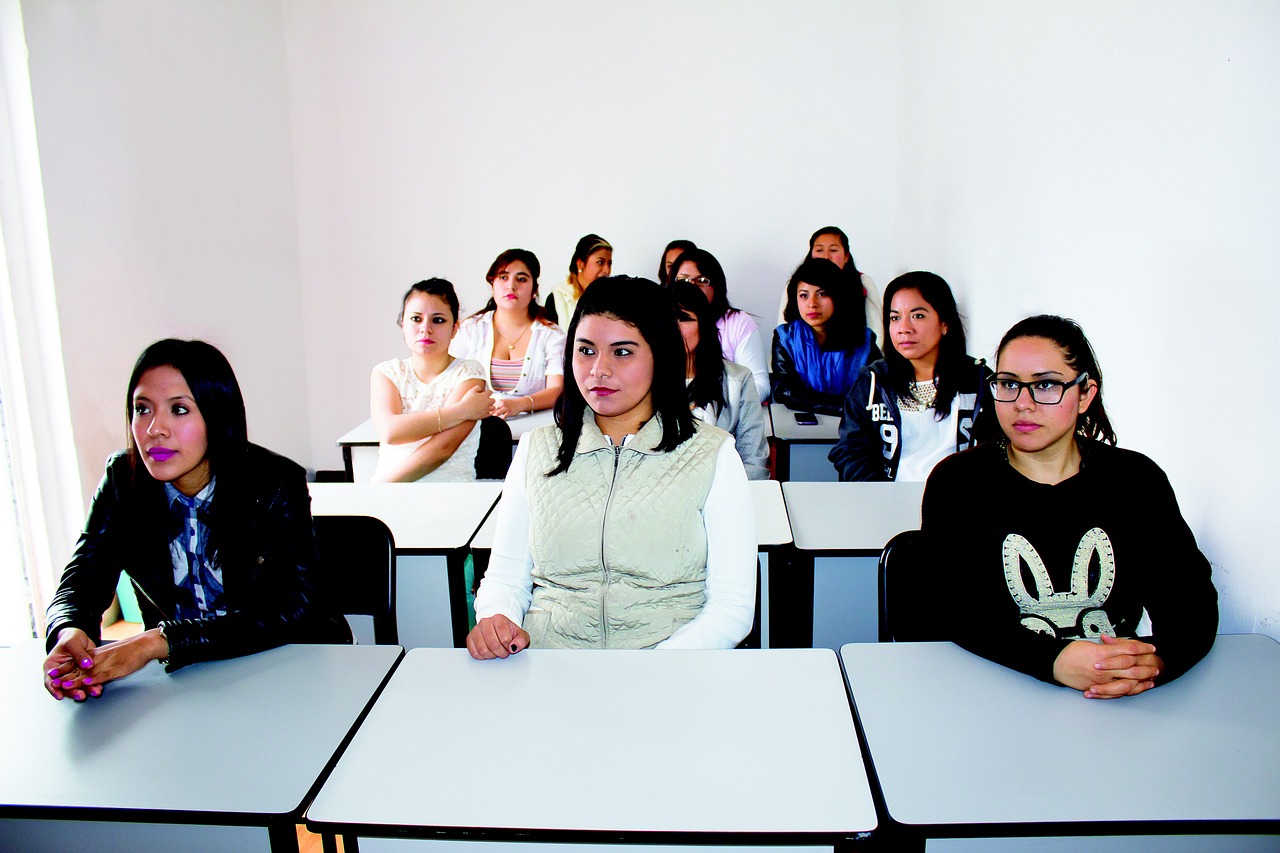Cross-Cultural Communication Challenges
Explore how culture influences communication by analyzing a real or fictional interaction between individuals from different cultural backgrounds. Reflect on how expectations, misunderstandings, or cultural norms shaped the communication. Use examples—from personal experience, media, or fictional characters—to support your observations. Be sure to organize your response clearly, with a strong main idea, supporting evidence, and a thoughtful conclusion. Include references and use current APA styl
Check out our Essay writing services
Cross-Cultural Communication Challenges
Introduction to Cultural Influence
Culture deeply shapes how people interpret and express messages. Different societies prioritize various communication styles—some favor directness while others value subtlety. These differences can lead to misunderstandings in both professional and personal settings. Understanding culture’s influence is key to developing empathy and clarity in global or diverse environments.
Case Example: U.S. and Japanese Colleagues
A real-world example involves a business meeting between an American manager and a Japanese executive. The American expected direct answers and quick decisions. However, the Japanese executive paused often and avoided firm responses, which reflected a cultural norm of indirectness and group consensus. This led to the American perceiving the executive as indecisive, while the Japanese colleague saw the American as aggressive.
Expectations and Misunderstandings
These misinterpretations stem from differing cultural expectations. In high-context cultures like Japan, silence, politeness, and non-verbal cues hold meaning. In contrast, low-context cultures like the U.S. rely on clear verbal expression. Without cultural awareness, such differences can damage trust or hinder cooperation. Miscommunication in these settings often results not from language barriers but from differing worldviews and behaviors.
Conclusion and Reflection
Understanding cross-cultural communication challenges enhances interpersonal relationships and workplace efficiency. Individuals must strive to learn cultural norms, practice active listening, and clarify assumptions. Whether in real-life encounters or fictional stories, cultural misunderstandings highlight the need for empathy, patience, and education.






